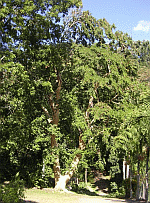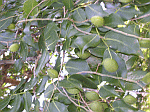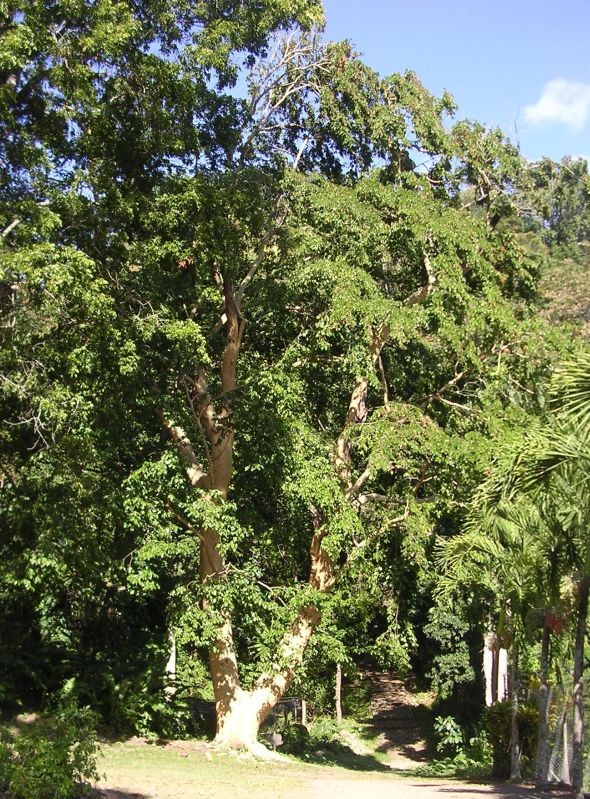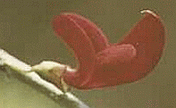

|

Davison Shillingford
Plant Family: Belongs to the Caesalpiniaceae family, which includes Barbados Pride (Caesalpinia pulcherrima), Golden Shower (Cassia fistula) and Flamboyant (Delonix regia).
Description:Two trees located just south of the Convent near the Bath Road wall, another is near old fish pond; large, wide-spreading or upright tree, up to 30 m tall (100 ft); stem distinguished by smooth, yellowish bark; exudes resin from base of trunk; leaves small, unequally pinnate, with 2-5 pairs of ovate leaflets, each 5-8 cm long (2-3 inches); flowers small, white, on long panicle inflorescences; fruit a small, flattish pod, 2.5-3 cm across (about 1 in), with usually one seed.
Natural Habitat: Well-drained, sandy loams of the Amazon rainforest, particularly the Brazilian and Columbian rainforests; propagation by seed or cutting.
Origin and Distribution: Native of tropical S. America, with distribution from Mexico to Brazil and Peru, and the Caribbean.
Uses: Resin extracted from trunk, in similar manner to rubber or maple syrup; it is an oleoresin called Copaiba resin or Copaiba oil; Copaiba resin of commerce is a thick, clear liquid, pale yellow to light golden brown; used primarily in perfumes and cosmetic preparations (including soaps, bubble bath preparations, detergents, creams, and lotions), as a fragrance component, and for its antibacterial, anti-inflammatory and emollient (soothing and softening) properties; medicinally, Copaiba oil used in indigenous remedies - topically to stop bleeding, heal wounds and for psoriasis, and internally for bronchitis and gonorrhea, among other ailments; resin also used in varnishes.
Indigenous Legends: Pere Labat observed the collection of Copaiba balsam in Guadeloupe in 1696, and reported that it closes all kinds of wounds except those inflicted by gunshot.
References:
H.F. Macmillan. Tropical Planting and Gardening. Macmillan, London 1956
Copaifera officinalis – Copaiba Balsam, Tropilab Inc, Largo, Florida 2005 (tropilab.com)
John Uri Lloyd. Copaifera officinalis. The Western Druggist, Chicago 1898 (swsbm.com)
Copaiba (Copaifera officinalis).Tropical Plant Database, Raintree Nutrition, Carson City, Nevada 2006 (rain-tree.com)
|



